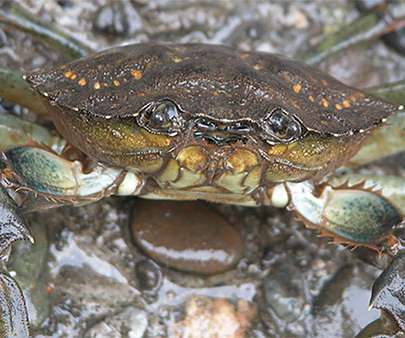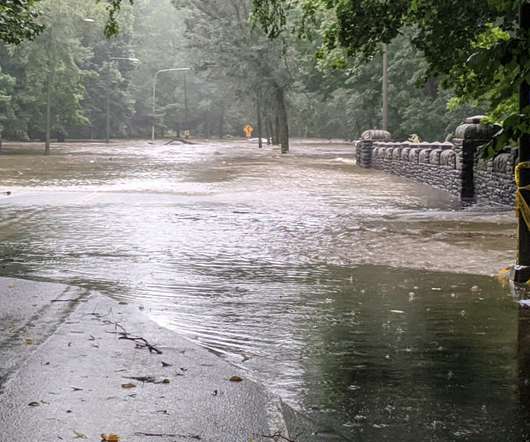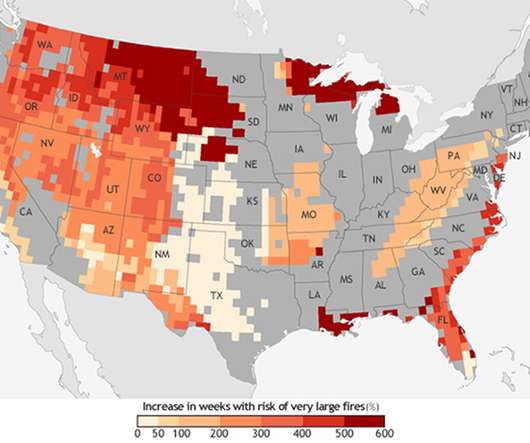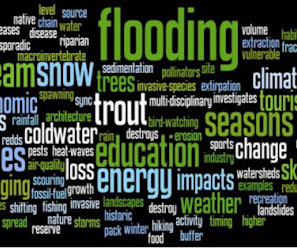When ‘Eradicated’ Species Bounce Back With a Vengeance
Science & Climate
MARCH 16, 2021
A failure in science often leads to unexpected directions,” said lead author Edwin (Ted) Grosholz, a professor and ecologist with the UC Davis Department of Environmental Science and Policy. “We The crab is considered among the world’s top 100 invasive species, costing the U.S. Media contact(s).












Let's personalize your content